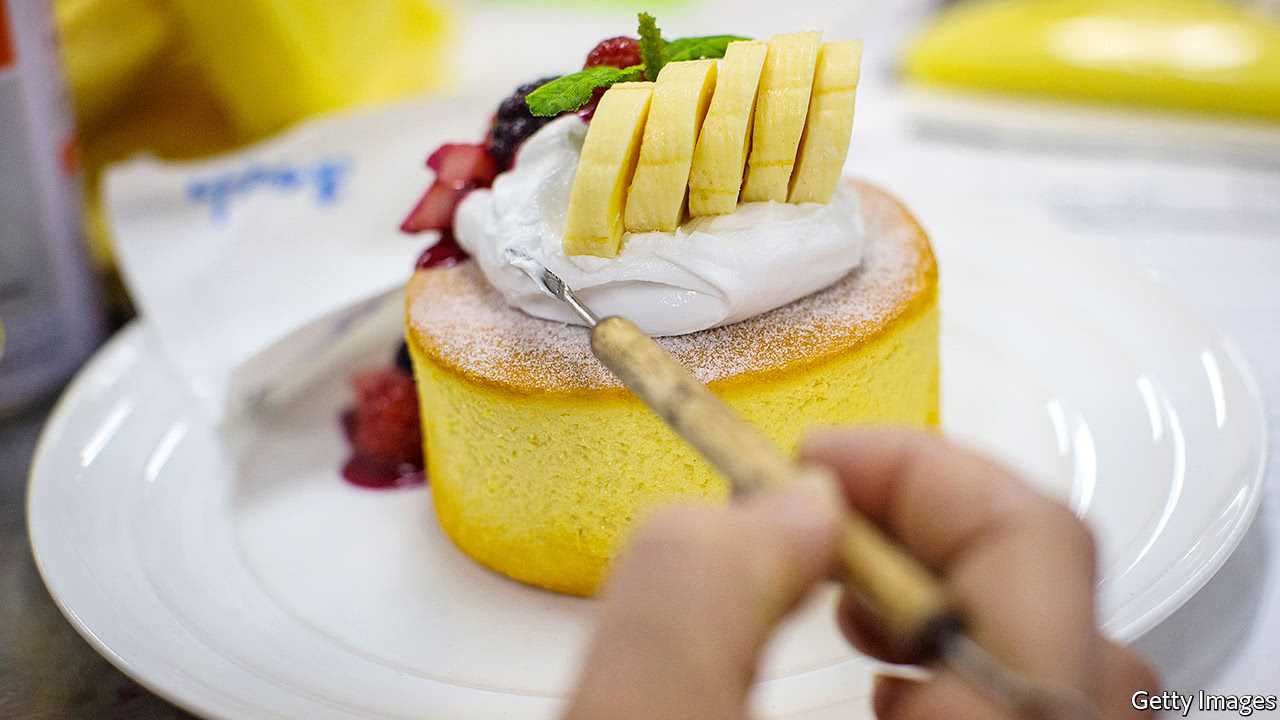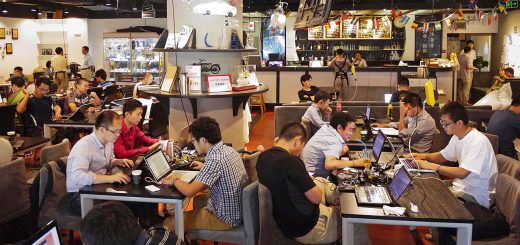How sham food became big business in Japan
GUESTS to the factory of Tsuyoshi Iwasaki are presented with a rasher of bacon. The succulent marbled sliver is branded with his name, title and e-mail address—an apt introduction to the owner of Japan’s biggest manufacturer of replica food. At the headquarters of Iwasaki Co on the outskirts of Tokyo, racks of golden-brown gyoza jostle for attention with boat-shaped dishes of lustrous raw tuna, bowls of creamy ramen and a dozen pinkish scallops in iridescent shells. The acrid smell of resin and paints is the only hint that everything on show is utterly tasteless.
Most of these Japanese sampuru, from the word “sample”, will go on display in restaurant windows, from fast-food outlets to izakaya (bars), throughout the east of the country, in the hope of luring hungry customers. A sister company, managed by Mr Iwasaki’s brother, covers the western half of Japan. Together they make over ¥5bn ($46m) in annual…









